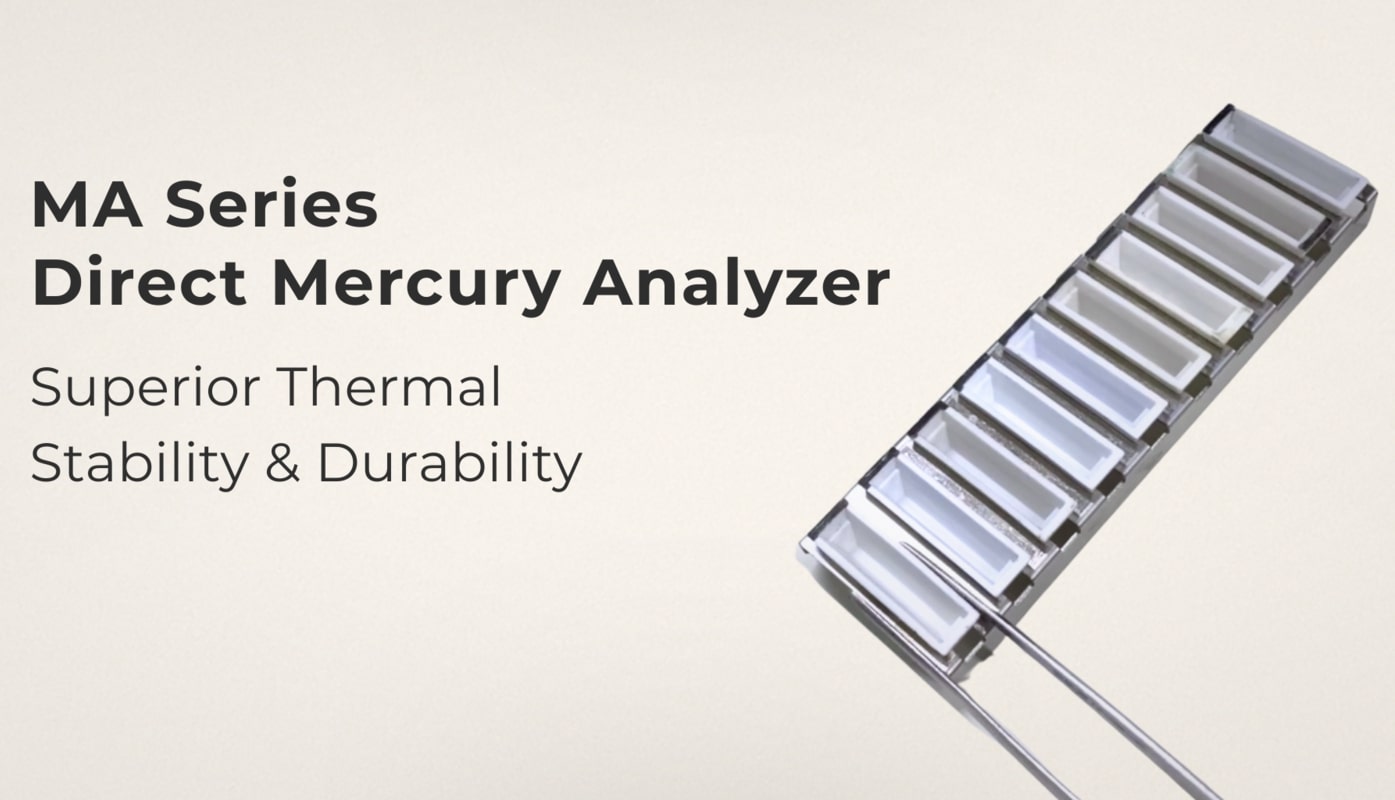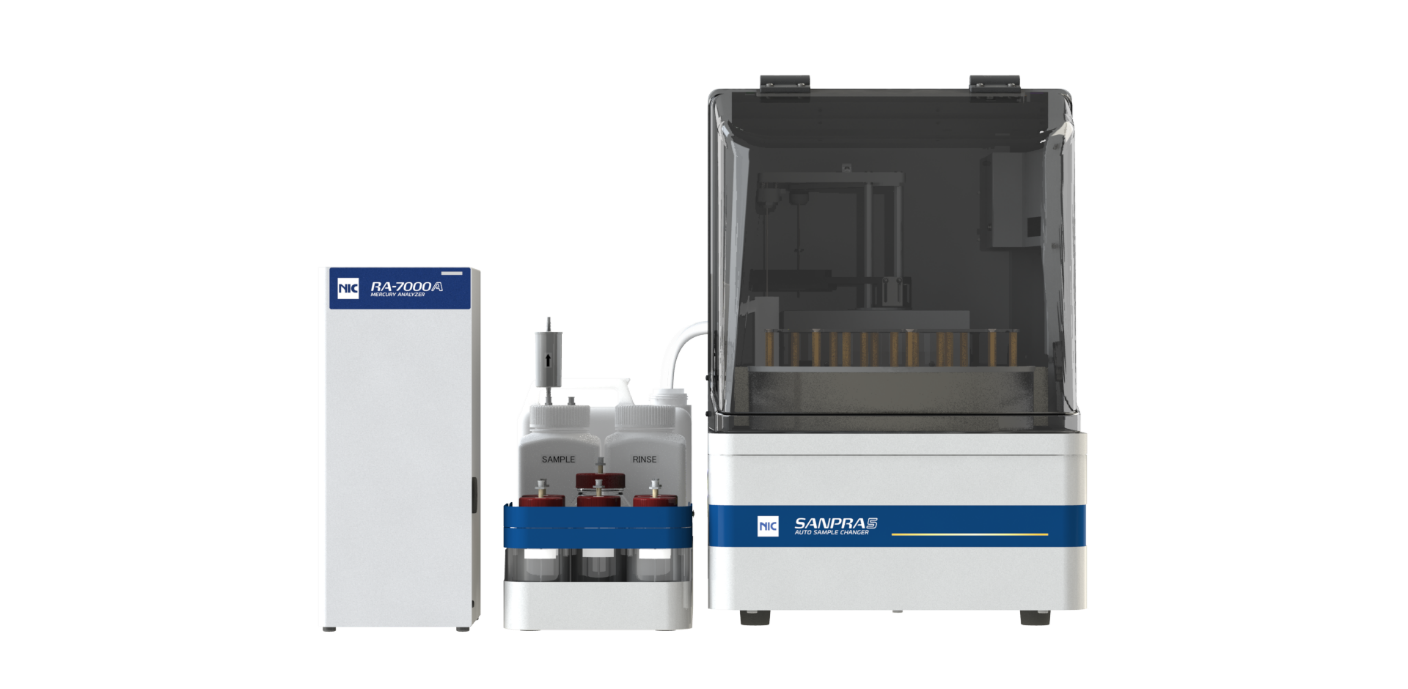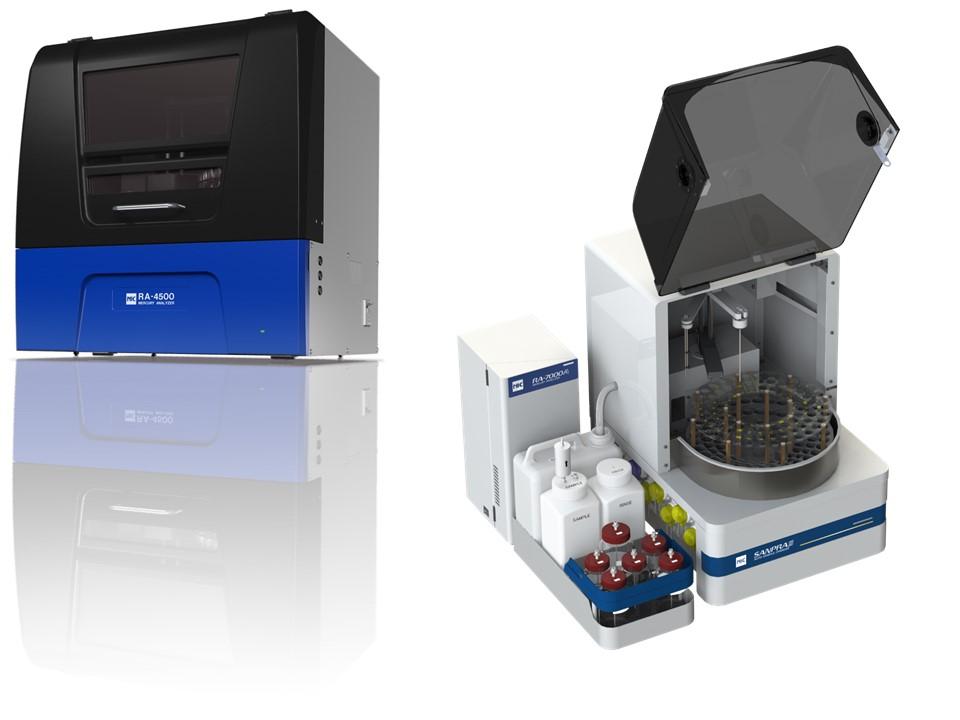Heavy metals are centric in industrial applications, including the manufacturing of batteries, alloys, and steel. One of the most controversial heavy metals is mercury, which caused Minamata disease in Japan, which emphasizes the need for heavy metal analysis.
With its unique physical properties, mercury is a challenging heavy metal to analyze. First, mercury has a relatively high vapor pressure compared to other heavy metals. Second, mercury exists in many forms, including organic mercury (Org-Hg), inorganic mercury (Hg2+), and elemental mercury (Hg0), and each form tends to behave differently depending on the sample phase. Including mercury in a company’s routine heavy metal analysis is crucial to assess its impact on the environment and human health.
Many laboratories refrain from analyzing mercury due to its toxicity and the challenges of obtaining accurate and precise results. However, this can easily be resolved with a suitable mercury analyzer.
Three Factors to Consider When Choosing a Mercury Analyzer
1. Types of Samples and Mercury Measurement Techniques
Selecting an appropriate mercury analyzer will depend on the specific needs of your laboratory, beginning with the desired sample you intend to analyze.
For most types of solid or semi-liquid samples, the direct thermal decomposition technique, also known as direct combustion or direct mercury analyzer, is suitable and efficient. NIC has more than 40 years of experience in direct mercury analysis with our MA-series.
The recommended technique for liquid or aqueous samples is reducing vaporization, also commonly known as vapor-generation or hydride-cold-vapor. At NIC, our RA-series employs Discrete Direct Purge (DDP) Reducing Vaporization to analyze mercury in the liquid or aqueous sample with minimum mercury memory effect, which can be severe and cumbersome when using conventional techniques.
If a laboratory has a mix of solid and liquid samples, NIC offers a better configuration where both techniques are available on a single platform.
Our experienced distributors can also propose a practical solution for your laboratory. After determining the samples that need analysis, a suitable mercury analyzer range can be narrowed down based on other factors such as the method of compliance and the detection limit required.

2. Enforcement or Research Purposes
For enforcement purposes, a laboratory has to follow a specific official or regulatory method. The regulatory method is specified by international organizations, national or similar official testing institutions, and research institutes when performing qualitative and quantitative analyses of components in analytical chemistry. Typically, a laboratory chooses the official method according to the local authority’s requirements.
You can find a suitable NIC mercury analyzer based on the method using our Search Mercury Analyzer feature.
For research purposes, the driving forces for the decision are the preferred sampling method, required sensitivity, and portability for on-site measurement while choosing the right mercury instrument according to the researcher’s preference and goal.
The MA-3000 Smart Combo manufactured by NIC is a mercury analyzer trusted by thousands of laboratories worldwide and provides the techniques for all solid, liquid, and gaseous samples. It consists of:
- Direct thermal decomposition technique for solid samples
- Reducing vaporization for liquid and aqueous samples
- Tube desorption for gaseous samples
3. Choice of Detector
Two types of detectors are typically used in mercury analysis: Cold Vapor Atomic Absorption Spectroscopy (CVAAS) and Cold Vapor Atomic Fluorescence Spectroscopy (CVAFS).
CVAAS is used for trace-level applications and does not require the use of argon gas. CVAAS is commonly used in many laboratories as its handling and maintenance are much simpler than CVAFS.
CVAFS is dedicated to ultra-trace-level applications down to sub-parts-per-trillion (sub-ppt). The atomic fluorescence method is approximately ten times more sensitive than the atomic absorption method, making it possible to quantify extremely low-concentration samples or a small amount of a sample.
Additionally, CVAFS is less susceptible to interference components than CVAAS. Therefore, it is also applied to mercury measurement in liquid hydrocarbons (UOP 938-20) and mercury measurement in water (USEPA 1631e).
The method selected by the laboratories specifies the choice of detector used. At NIC, we provide both CVAAS and CVAFS to accommodate a range of mercury analysis needs.
Read how the RA-4300FG+ automates the entire method of EPA 1631e
The Relationship Between Measurement Technique and Detector
The relationship between the measurement technique and the type of detector is shown in the figure below.
First, the measurement methods are divided into either a mercury analyzer for thermal decomposition or a mercury analyzer for reducing vaporization. Next, each method is distinctly divided based on the different measurement principles of either the atomic absorption method (AAS) or the atomic fluorescence method (AFS).

NIC provides different measurement methods equipped with the choice of detector. Our company was founded with the intention to “identify an easy way to analyze mercury” as our predecessors were affected by mercury poisoning, and we strive to protect current and future generations with the availability of appropriate analysis.
Importance of Heavy Metal Analysis for Mercury
Mercury is a notorious heavy metal that severely affects the environment and the human race. The damage is always permanent, if not fatal. Low levels of mercury are inevitable and occur naturally in the environment.
However, anthropogenic emissions start to leave a trail in the ecosystem, slowly leaching into food chains, such as fish with high mercury levels, leading to bioaccumulation, biomagnification, and biotransformation in living organisms and humans. Therefore, heavy metal analysis is no longer a choice but a necessity for assessing the impact of mercury on the environment and humanity.
At NIC, clients can search for suitable Mercury Analyzers by application and method or by consulting your local authorized distributor for technical advice.
Regardless of the industry or heavy metal analysis method, corporations need to take charge of their environmental responsibility.







